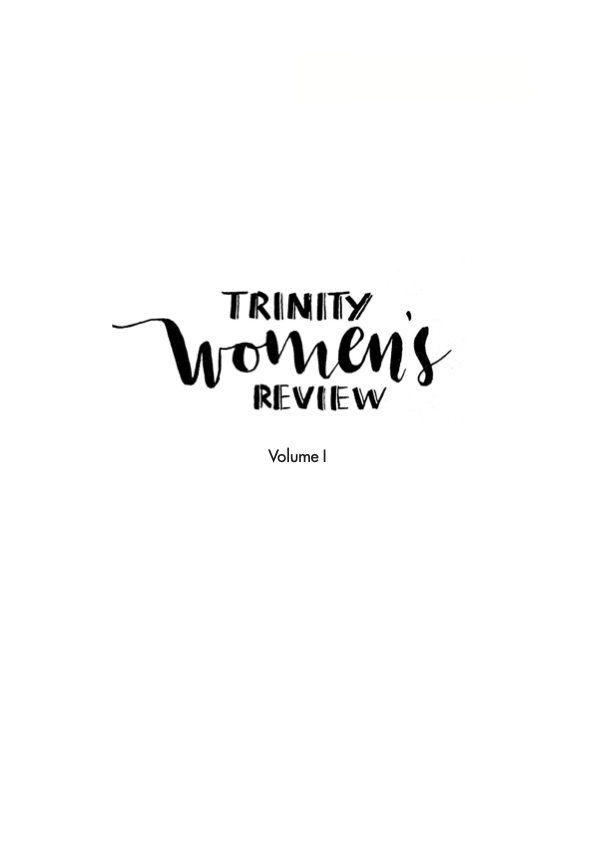Care Work: Why does it matter and is there a perfect model?
Keywords:
Care Work, Welfare State, Childcare, Eldercare, Welfare Reform, GenderAbstract
Care work is a central aspect of welfare systems, yet our care systems are intended to accommodate familial and societal models that are long out of date. Increasing female-labour-market-participation, plummeting fertility rates and a rapidly aging population means elder and child care are more important and more complex than ever before. Such demographic shifts bring a host of new risks and care work, as well as welfare states in general, need to shift in structure to accommodate. This paper will consider both elder and child care in depth, as well as look at their significance in the wider societal context and consider the shifting trends occurring to accommodate the family and societal structures of the 21st century.
Downloads
References
Bibliography
• Baker, M. (2011, August). Key Issues in Paid Parental Leave Policy . Policy Quarterly , 7(3), 56-63.
• Central Statistics Office. (2013). Women and Men in Ireland 2013. CSO.
• Ekberg, J., Eriksson, R., & Friebel, G. (2013). Parental leave-A policy evaluation of the Swedish „Daddy-Month“ reform . Journal of Public Economics, 97, 131-143.
• Grebe, C. (2010). Reconciliation Policy in Germany 1998-2008: Construing the ‘Problem of the Incompatibility of Paid Employment and Care Work . 2010: VS Research.
• Haas, L. (1992). Equal Parenthood and Social Policy: A Study of Parental Leave in Sweden. Albany: State University of New York Press .
• Hemerijck, A. (2012). Changing Welfare States. Oxford: Oxford University Press.
• Hildegard, T. (2011). Migrant Carers in Elder Care Provision: Interaction
• of Policy Fields. In B. Pfau-Effinger, & T. Rostgaard, Care Between Work and Welfare in European Societies (pp. 155-176). Houndsmills, Basingstoke: Palgrave Macmillan.
• Jones, D. E., Greenberg, M., & Crowley, M. (2015, November). Early Social- Emotional Functioning and Public Health: The Relationship Between Kindergarten Social Competence and Future Wellness. American Journal of Public Health , 105(11), 2283-2290.
• Kvist, E., & Peterson, E. (2010). What has gender equality got to do with
• it? An analysis of policy debates surrounding domestic services in the welfare states of Spain and Sweden. Nordic Journal of Feminist and Gender Research , 18(3), 185-203.
• Lyon, D., & Glucksman, M. (2008). Comparative Configurations of Care Work . Sociology, 42(1), 101-118.
• Murphy, M. (2011). Making Ireland a Caring and Equal Society. Studies: An Irish Quarterly Review, 100(397), 43-53.
• O’Sullivan, S. (2012). Onwards and Upwards? Gender and Work in Ireland . Sociology compass , 6(5), 376-388.
• Palier, B. (2010). Prologue. In B. Palier, A Long Goodbye to Bismarck?: The Politics of Welfare Reform in Continental Europe. Amsterdam: Amsterdam University Press.
Ray, R., Cornick, J. C., & Schmitt, J. (2008). Parental Leave Policies in 21 Countries: Assessing Generosity and Gender Equality. Washington DC: Center for Economic and Policy Research .


